Boris Lurie – Life with the Dead
Zum 100. Geburtstags des Künstlers

Mit der Ausstellung LIFE WITH THE DEAD tragen die Boris Lurie Art Foundation in Zusammenarbeit mit dem Museum Zentrum für verfolgte Künste zum 100. Geburtstag von Boris Lurie dessen künstlerisches Werk an die Öffentlichkeit, das in der gegenwärtigen Zeit bei weltweit wachsendem Antisemitismus, Rassismus und Rechtspopulismus kaum aktueller sein könnte.
Die Ausstellung ist vom 20. April bis 24. November 2024 anlässlich der 60. Biennale von Venedig zu sehen.
Scuola Grande San Giovanni Evangelista, Spazio Espositivo Badoer
San Polo, 30125 Venezia, Italy
Google Maps Plus Code: Venice C8QG+9C
Dienstag–Sonntag, 10:00–18:00 Uhr
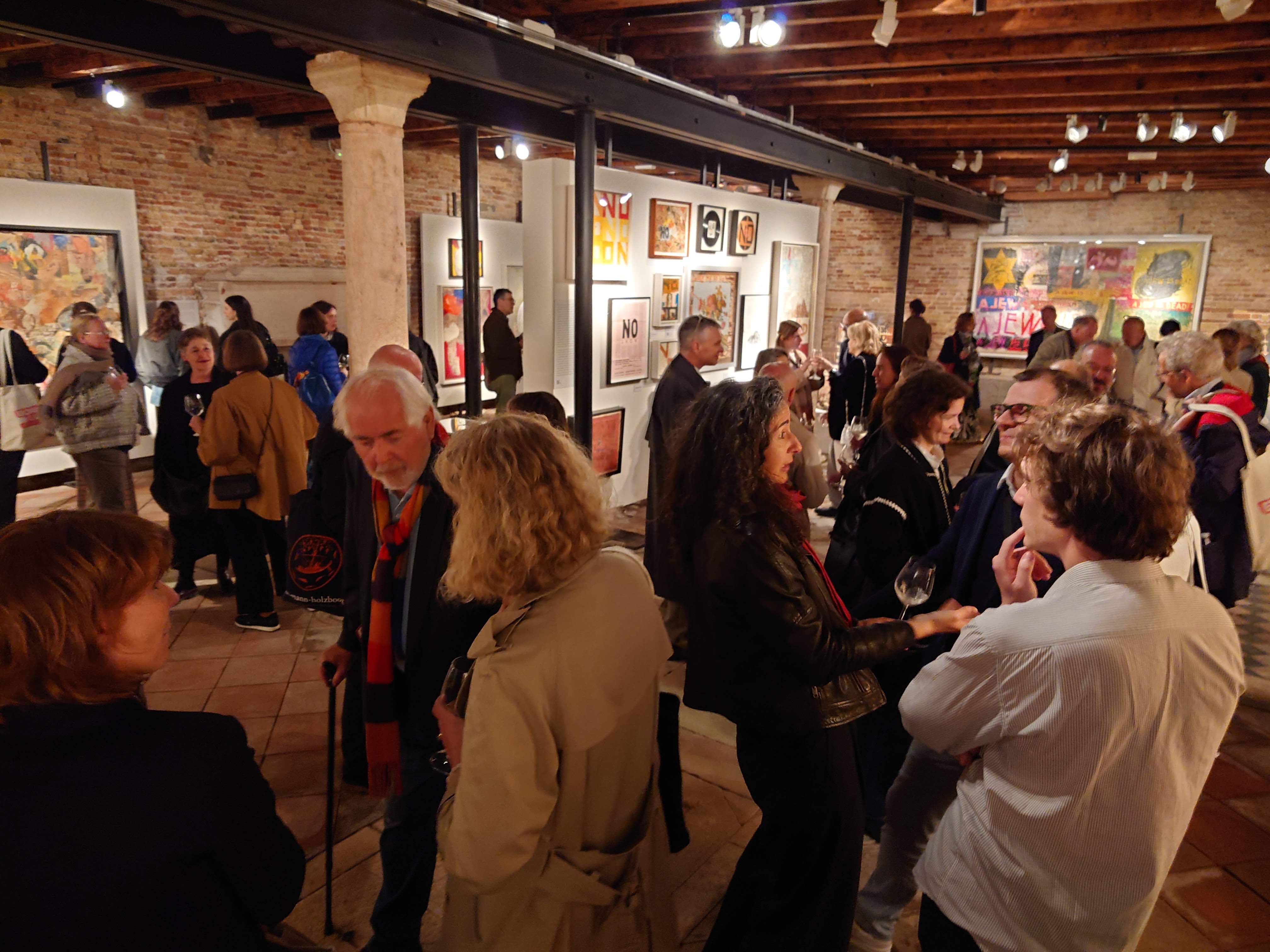
Video-Grußwort von Ministerin Ina Brandes zur Eröffnung am 17. April 2024
Der Katalog
Zur Ausstellung erscheint ein Katalog (Englisch, Italienisch, Deutsch) im Hatje Cantz Verlag u.a. mit Beiträgen von René Block, Achille Bonito Oliva, Tom Wolfe.
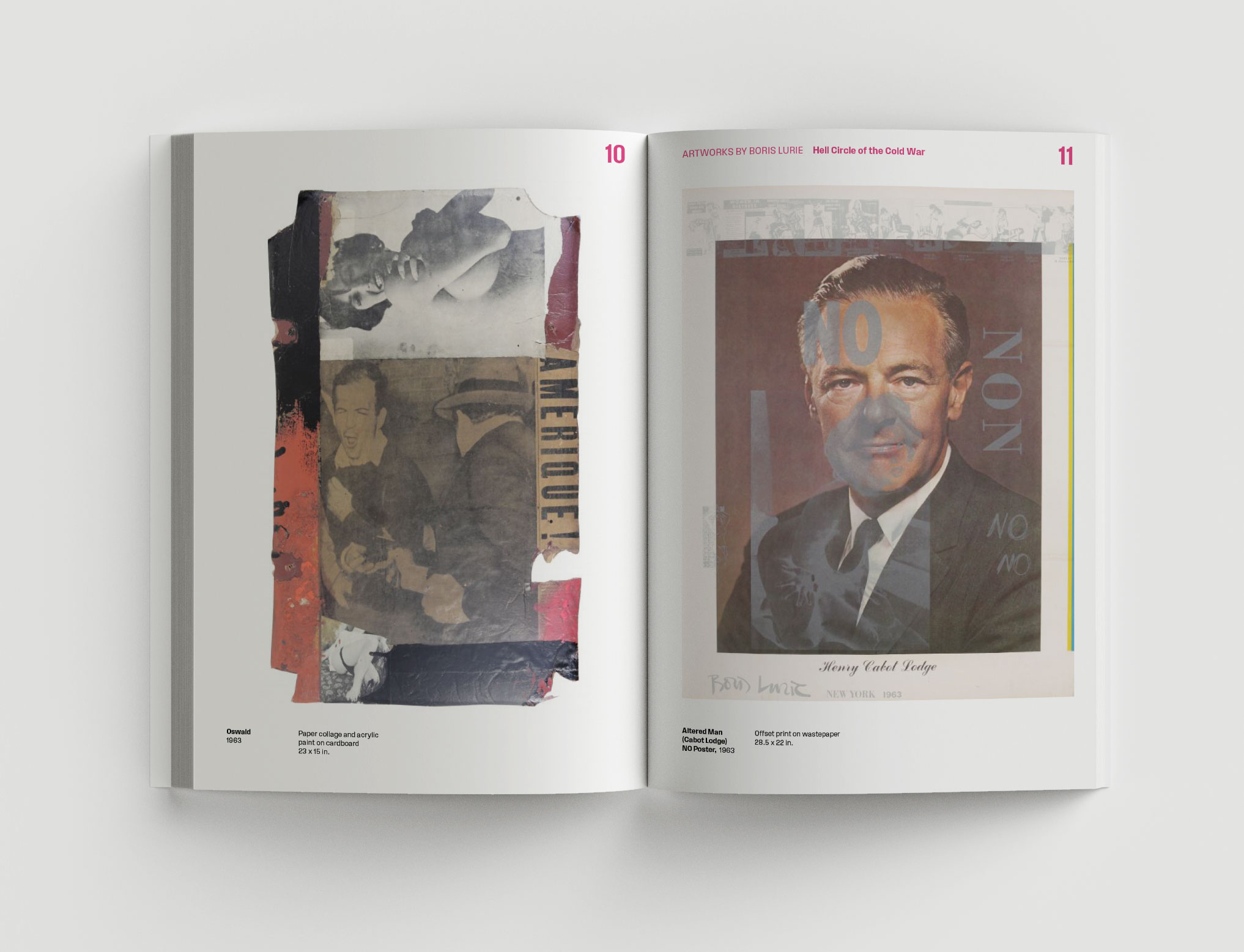
Stimmen aus dem Katalog:
„,Wir wollen Kunst schaffen, nicht zerstören, aber deutlich sagen, was wir meinen – und dies auf Kosten guter Manieren', schrieb Lurie 1961 zur Eröffnung einer Ausstellung in der New Yorker March Gallery. Weshalb können wir Nachgeborenen hoffen, dass die Kunst von Boris Lurie mehr als nur ein historischer Zeigefinger auf das furchtbarste Verbrechen der Menschheitsgeschichte ist? Wohl auch deshalb, weil wir es müssen!“ – Prof. Dr. Jürgen Wilhelm
„Boris Lurie führt uns mit seiner Kunst die ständige Bedrohung durch die Schattenseiten der menschlichen Existenz vor Augen. Mit dieser Mahnung wollte Lurie unser Bewusstsein schärfen, die herrschende Ordnung infrage stellen, Kritik üben und für eine gerechtere und solidarischere Gesellschaft eintreten.“ – Saul Ostrow
„Seine Kunst ist radikal, oft nur schwer zu ertragen, denn ihre Inhalte sind Ausdruck schrecklicher Erfahrungen des Holocaust, denen Boris Lurie vor allem in seiner Jugend ausgesetzt war – so unbeschreiblich grausam, dass man sie kaum in Worte fassen kann, aber muss. Diese Erlebnisse prägten den Menschen Boris Lurie und fanden ihren Niederschlag in seinem künstlerischen Werk. In der Nachkriegszeit schlossen ihn namhafte Museen in den USA aus. Kuratoren und Galeristen wollten von seiner Kunst nichts wissen. Sie war ihnen zu hart oder vielleicht auch zu ehrlich.“ – Rafael Vostell
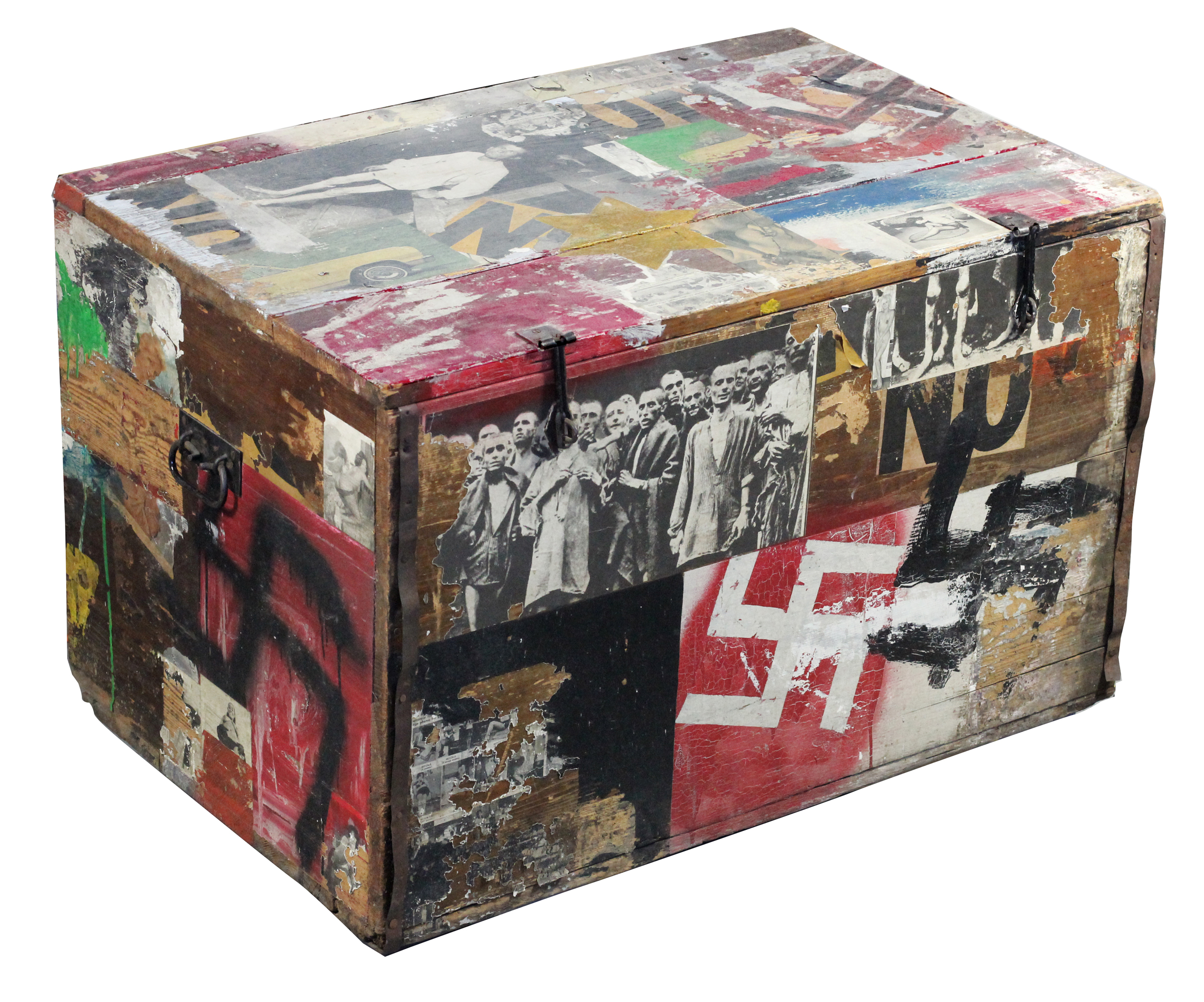
Die Ausstellung
Boris Lurie. Life with the Dead präsentiert mehr als fünfzig Werke aus den Jahren 1950 bis 1970, die sein aktives Engagement für soziale Gerechtigkeit und die Erinnerung an den Holocaust veranschaulichen. Boris Lurie, 1924 in Leningrad in einer jüdischen Familie geboren und in Riga aufgewachsen. Er verlor seine Mutter, Großmutter, Schwester und seine Jugendliebe am 8. Dezember 1941 im Wald von Rumbula (Riga) bei einer Massenerschießung durch die Nazis. Diese Toten begleiteten ihn jeden Moment seines Lebens. Boris Lurie überlebte den Terror der deutschen Konzentrationslager und emigrierte 1946 nach New York.
Boris Lurie war Mitbegründer von NO!art, einer provokanten Kunstbewegung der 1960er Jahre. Seine Collagen und Skulpturen sind Ausdruck seiner Ablehnung des Kunstmarktes und der Pop Art. Sie wenden sich gegen die Konsumgesellschaft und die Amerikanisierung der Welt. Die Werke zeichnen sich durch Subversion, Ironie und starke politische Aussagen aus. Im Gegensatz zur konsumorientierten amerikanischen Gesellschaft sah Boris Lurie als Ausländer die humanitären Abgründe seiner neuen Lebenswirklichkeit.
Die Besucher:innen werden Werke sehen, die sich mit Rassismus, Krieg, Unterdrückung und Ungerechtigkeit befassen. Luries Kunst ist eine kraftvolle Stimme, die soziale Missstände anprangert und zum Handeln aufruft.
Zentrum für verfolgte Künste – „Boris Lurie. Life with the Dead“, Venedig 2024
Ausstellungsort
Die Scuola Grande ist ein historischer Gebäudekomplex aus dem 14. Jahrhundert in San Polo, im Herzen Venedigs. Ursprünglich diente sie als religiöse Bruderschaft, die sich der Pflege von Armen und Kranken widmete. Heute wird der Komplex für Veranstaltungen und Ausstellungen genutzt und ist ein Beispiel für die architektonische Pracht Venedigs im Mittelalter und in der Renaissance. Besonders bemerkenswert sind die beeindruckende Renaissance-Fassade und der schöne Innenhof, der den Zugang zu den Ausstellungsräumen ermöglicht. Die Ausstellungen finden im Spazio Badoer statt und werden auf einer eigens vom venezianischen Architekten Michael Klopfer entwickelten Stellwandsystem sowie mit einer neu eingebauten Beleuchtung präsentiert. Die Architektur der Ausstellung hat die Genehmigung der Soprintendenza (venezianische Denkmalpflege) erhalten.
Der Ausstellungsraum Spazio Badoer im Erdgeschoss neben der Kirche San Giovanni Evangelista hat einen direkten Zugang vom Campo San Giovanni Evangelista. Er ist das Ergebnis jahrhundertelanger architektonischer Veränderungen und bietet eine beeindruckende Umgebung mit unverputzten Ziegeln und einem hölzernen Dachboden. Die ursprüngliche Struktur aus runden Steinsäulen, quadratischen Backsteinsäulen und einer Holzdecke wurde durch eine Metallkonstruktion aus runden Säulen und schwarz gestrichenen Balken verstärkt. Der originale Bodenbelag, bestehend aus mehreren ebenerdigen Steingräbern, wurde in den renovierten Fußboden integriert. An den Wänden befinden sich ein Altar, ein Wandsteingrab und drei Steingräber sowie ein Steintisch.
Visuelle Identität
Die visuelle Identität der Ausstellung reflektiert verschiedene Techniken und Inhalte von Boris Lurie, wie die markante Schriftsetzung, die Kritik an der Pop-Art, die Schockwirkung, die Collagetechnik oder die Kontrastierung der Gräueltaten des Holocaust mit der kulturindustriellen Ausbeutung von Menschen. Die visuelle Kommunikation tritt dabei nie in Konkurrenz zu den Werken von Boris Lurie. Vielmehr überträgt sie die innere Dynamik seiner Arbeiten auf Plakate, Kataloge und Außenwerbung, indem sie innerhalb der Ausstellung selbst einen Schritt zurücktritt, um den Kunstwerken so viel Raum wie möglich zu gewähren.
Die visuelle Identität wird von Gutes im Falschen - Büro für politische Kommunikation entwickelt.
Für die Kommunikation sind verantwortlich für die nationalen Pressekontakte Kathrin Luz und im Museum Zentrum für verfolgte Künste als Ansprechpartnerin Daniela Tobias.
Pressespiegel
- Kunstforum.de, 22.03.2024: Venedig: Boris Lurie Ausstellung während 60. Biennale
- news.artnet.com, 19.4.2024: There Are a Ton of Shows to See Around the Venice Biennale—Here’s Our Take on What’s Worth Seeing (and What’s Not) (Jo Lawson-Tancred)
- taz.de, 19.4.2024: Rundgang über die Biennale von Venedig - Feiert lieber die Vermengung (Sophie Jung)
- WDR Lokalzeit Bergisches Land, 19.04.2024: Solinger Zentrum für verfolgte Künste auf der Biennale in Venedig
- Monopol Magazin, 24.4.2024: Boris Lurie in Venedig – Anstrengende, verstörende, große Kunst (Bernhard Schulz)
- Tachles, Das jüdische Wochenmagazin, 26.4.2024: Grossangelegte Ausstellung zu Boris Lurie in Venedig (Andreas Mink)
What’s a Rich Text element?
The rich text element allows you to create and format headings, paragraphs, blockquotes, images, and video all in one place instead of having to add and format them individually. Just double-click and easily create content.
Static and dynamic content editing
A rich text element can be used with static or dynamic content. For static content, just drop it into any page and begin editing. For dynamic content, add a rich text field to any collection and then connect a rich text element to that field in the settings panel. Voila!
How to customize formatting for each rich text
Headings, paragraphs, blockquotes, figures, images, and figure captions can all be styled after a class is added to the rich text element using the "When inside of" nested selector system.
What’s a Rich Text element?
The rich text element allows you to create and format headings, paragraphs, blockquotes, images, and video all in one place instead of having to add and format them individually. Just double-click and easily create content.
Static and dynamic content editing
A rich text element can be used with static or dynamic content. For static content, just drop it into any page and begin editing. For dynamic content, add a rich text field to any collection and then connect a rich text element to that field in the settings panel. Voila!
How to customize formatting for each rich text
Headings, paragraphs, blockquotes, figures, images, and figure captions can all be styled after a class is added to the rich text element using the "When inside of" nested selector system.
What’s a Rich Text element?
The rich text element allows you to create and format headings, paragraphs, blockquotes, images, and video all in one place instead of having to add and format them individually. Just double-click and easily create content.
Static and dynamic content editing
A rich text element can be used with static or dynamic content. For static content, just drop it into any page and begin editing. For dynamic content, add a rich text field to any collection and then connect a rich text element to that field in the settings panel. Voila!
How to customize formatting for each rich text
Headings, paragraphs, blockquotes, figures, images, and figure captions can all be styled after a class is added to the rich text element using the "When inside of" nested selector system.
What’s a Rich Text element?
The rich text element allows you to create and format headings, paragraphs, blockquotes, images, and video all in one place instead of having to add and format them individually. Just double-click and easily create content.
Static and dynamic content editing
A rich text element can be used with static or dynamic content. For static content, just drop it into any page and begin editing. For dynamic content, add a rich text field to any collection and then connect a rich text element to that field in the settings panel. Voila!
How to customize formatting for each rich text
Headings, paragraphs, blockquotes, figures, images, and figure captions can all be styled after a class is added to the rich text element using the "When inside of" nested selector system.
What’s a Rich Text element?
The rich text element allows you to create and format headings, paragraphs, blockquotes, images, and video all in one place instead of having to add and format them individually. Just double-click and easily create content.
Static and dynamic content editing
A rich text element can be used with static or dynamic content. For static content, just drop it into any page and begin editing. For dynamic content, add a rich text field to any collection and then connect a rich text element to that field in the settings panel. Voila!
How to customize formatting for each rich text
Headings, paragraphs, blockquotes, figures, images, and figure captions can all be styled after a class is added to the rich text element using the "When inside of" nested selector system.
What’s a Rich Text element?
The rich text element allows you to create and format headings, paragraphs, blockquotes, images, and video all in one place instead of having to add and format them individually. Just double-click and easily create content.
Static and dynamic content editing
A rich text element can be used with static or dynamic content. For static content, just drop it into any page and begin editing. For dynamic content, add a rich text field to any collection and then connect a rich text element to that field in the settings panel. Voila!
How to customize formatting for each rich text
Headings, paragraphs, blockquotes, figures, images, and figure captions can all be styled after a class is added to the rich text element using the "When inside of" nested selector system.
What’s a Rich Text element?
The rich text element allows you to create and format headings, paragraphs, blockquotes, images, and video all in one place instead of having to add and format them individually. Just double-click and easily create content.
Static and dynamic content editing
A rich text element can be used with static or dynamic content. For static content, just drop it into any page and begin editing. For dynamic content, add a rich text field to any collection and then connect a rich text element to that field in the settings panel. Voila!
How to customize formatting for each rich text
Headings, paragraphs, blockquotes, figures, images, and figure captions can all be styled after a class is added to the rich text element using the "When inside of" nested selector system.
What’s a Rich Text element?
The rich text element allows you to create and format headings, paragraphs, blockquotes, images, and video all in one place instead of having to add and format them individually. Just double-click and easily create content.
Static and dynamic content editing
A rich text element can be used with static or dynamic content. For static content, just drop it into any page and begin editing. For dynamic content, add a rich text field to any collection and then connect a rich text element to that field in the settings panel. Voila!
How to customize formatting for each rich text
Headings, paragraphs, blockquotes, figures, images, and figure captions can all be styled after a class is added to the rich text element using the "When inside of" nested selector system.
What’s a Rich Text element?
The rich text element allows you to create and format headings, paragraphs, blockquotes, images, and video all in one place instead of having to add and format them individually. Just double-click and easily create content.
Static and dynamic content editing
A rich text element can be used with static or dynamic content. For static content, just drop it into any page and begin editing. For dynamic content, add a rich text field to any collection and then connect a rich text element to that field in the settings panel. Voila!
How to customize formatting for each rich text
Headings, paragraphs, blockquotes, figures, images, and figure captions can all be styled after a class is added to the rich text element using the "When inside of" nested selector system.
What’s a Rich Text element?
The rich text element allows you to create and format headings, paragraphs, blockquotes, images, and video all in one place instead of having to add and format them individually. Just double-click and easily create content.
Static and dynamic content editing
A rich text element can be used with static or dynamic content. For static content, just drop it into any page and begin editing. For dynamic content, add a rich text field to any collection and then connect a rich text element to that field in the settings panel. Voila!
How to customize formatting for each rich text
Headings, paragraphs, blockquotes, figures, images, and figure captions can all be styled after a class is added to the rich text element using the "When inside of" nested selector system.
What’s a Rich Text element?
The rich text element allows you to create and format headings, paragraphs, blockquotes, images, and video all in one place instead of having to add and format them individually. Just double-click and easily create content.
Static and dynamic content editing
A rich text element can be used with static or dynamic content. For static content, just drop it into any page and begin editing. For dynamic content, add a rich text field to any collection and then connect a rich text element to that field in the settings panel. Voila!
How to customize formatting for each rich text
Headings, paragraphs, blockquotes, figures, images, and figure captions can all be styled after a class is added to the rich text element using the "When inside of" nested selector system.
What’s a Rich Text element?
The rich text element allows you to create and format headings, paragraphs, blockquotes, images, and video all in one place instead of having to add and format them individually. Just double-click and easily create content.
Static and dynamic content editing
A rich text element can be used with static or dynamic content. For static content, just drop it into any page and begin editing. For dynamic content, add a rich text field to any collection and then connect a rich text element to that field in the settings panel. Voila!
How to customize formatting for each rich text
Headings, paragraphs, blockquotes, figures, images, and figure captions can all be styled after a class is added to the rich text element using the "When inside of" nested selector system.


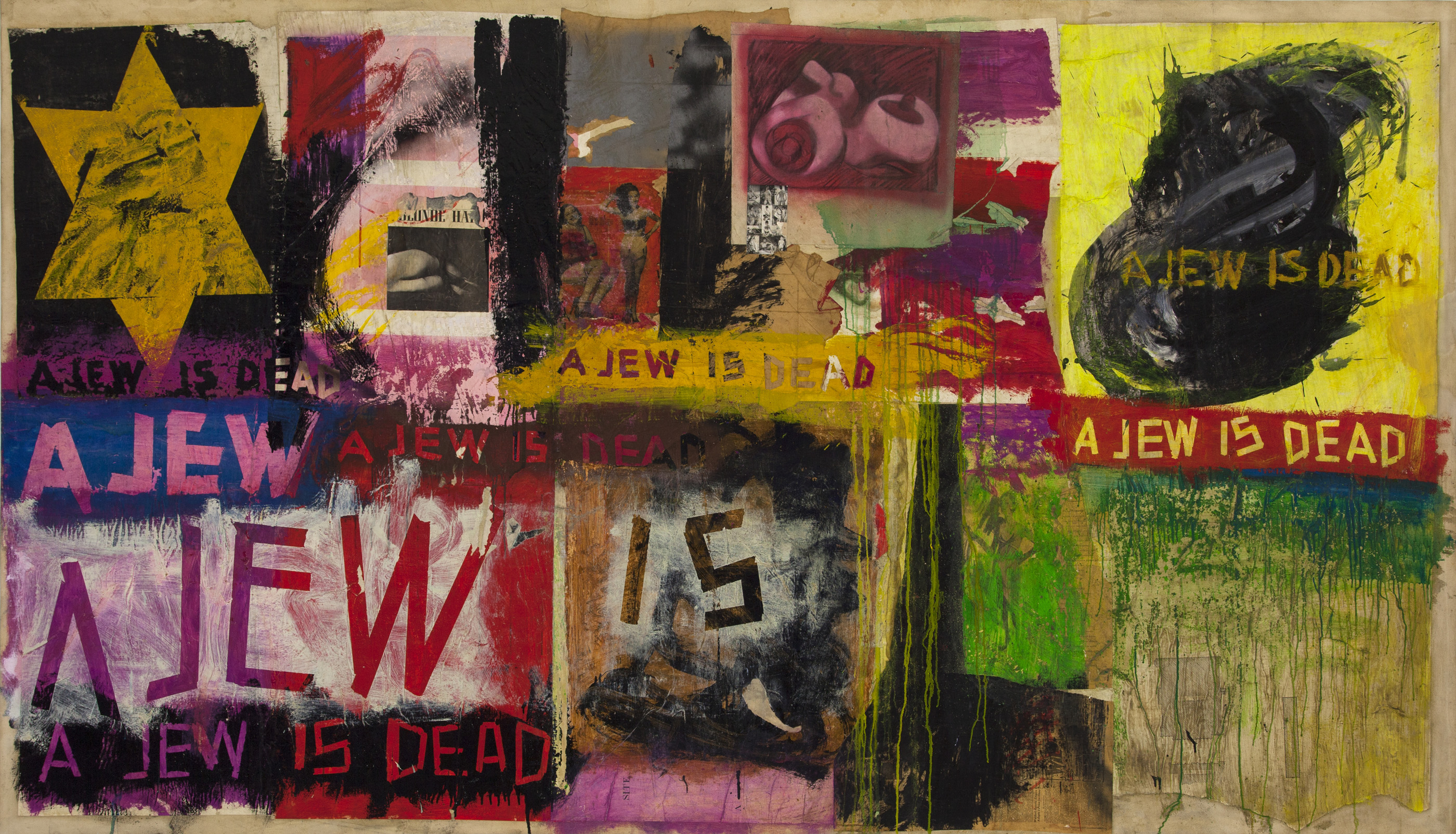

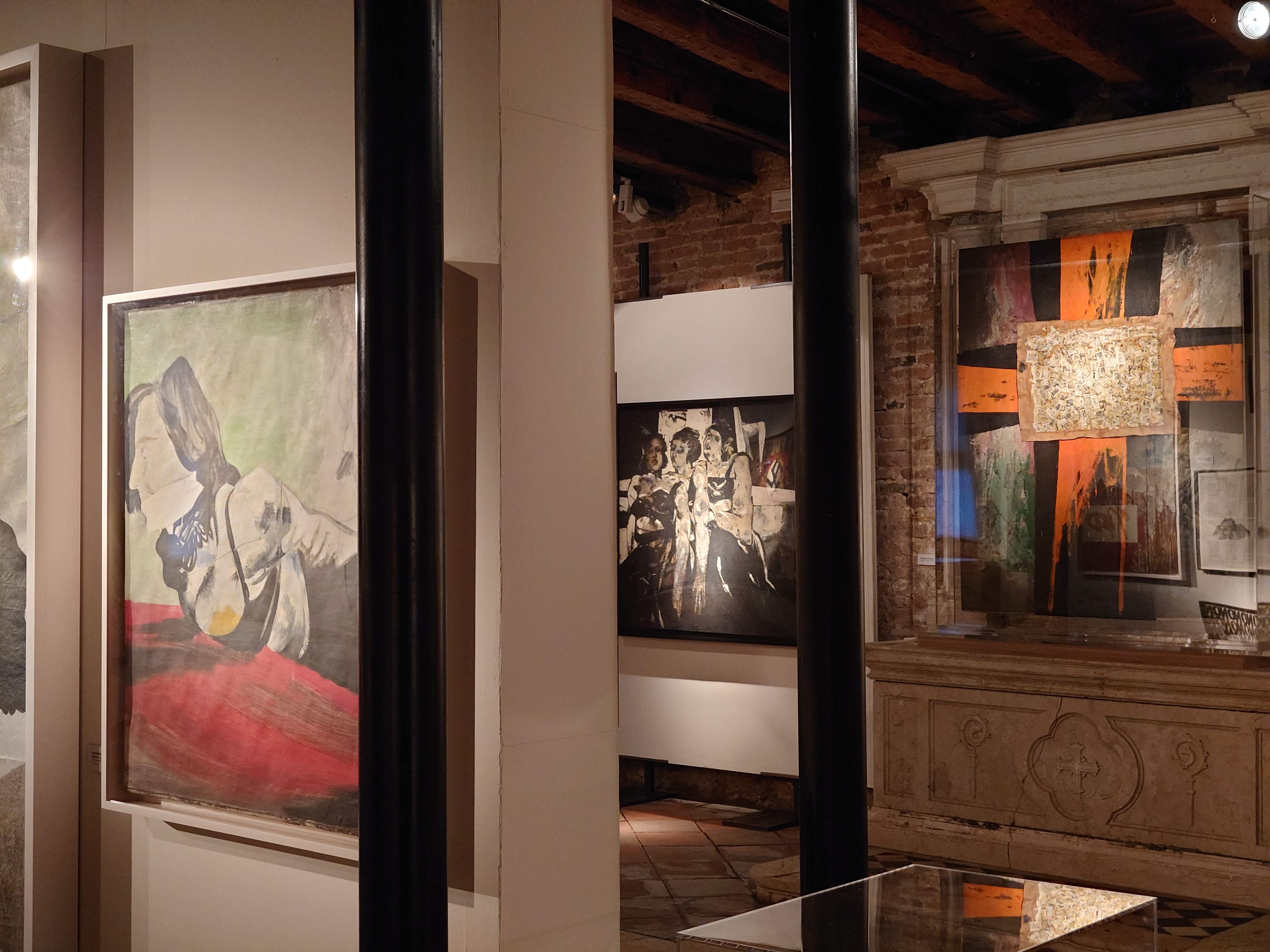


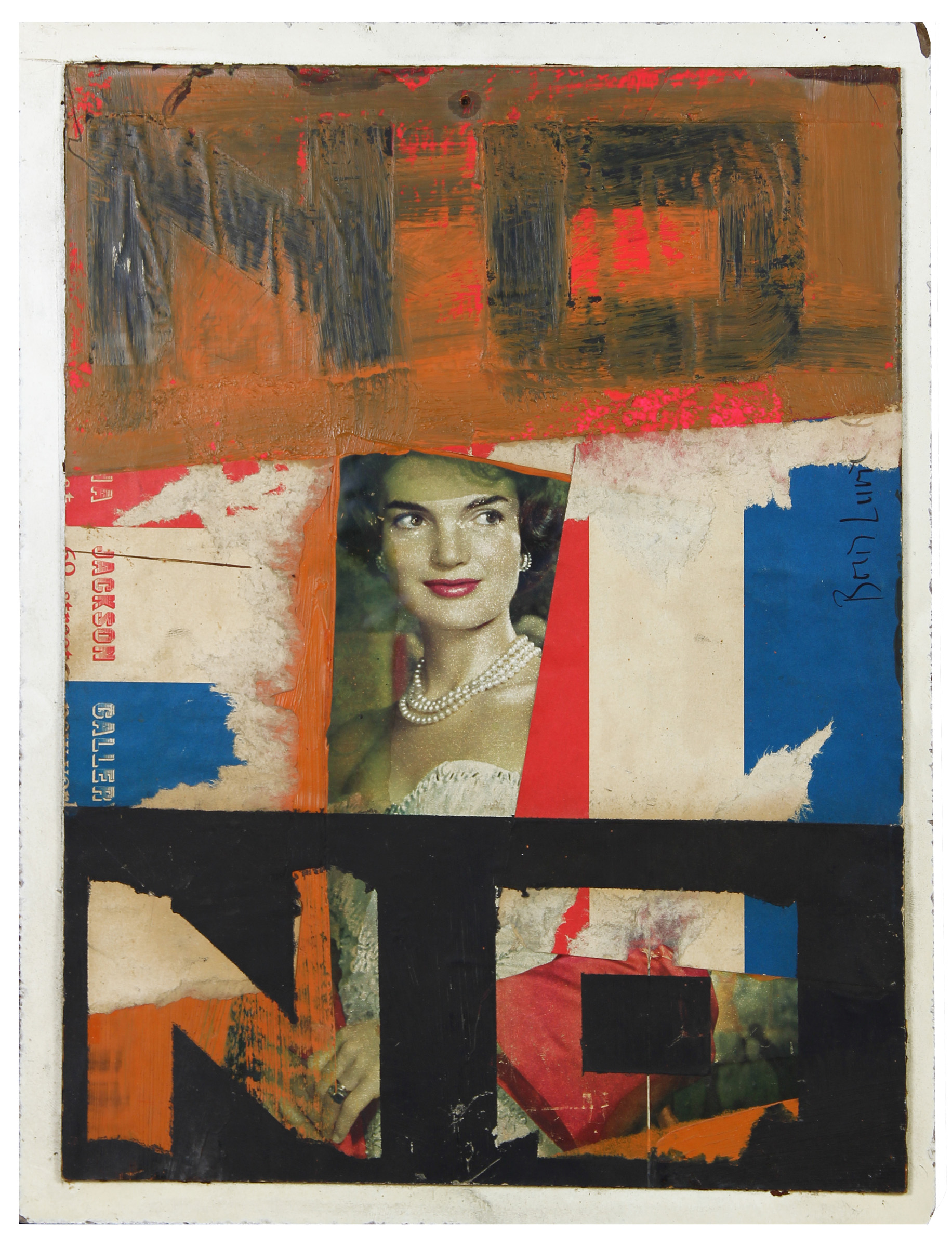

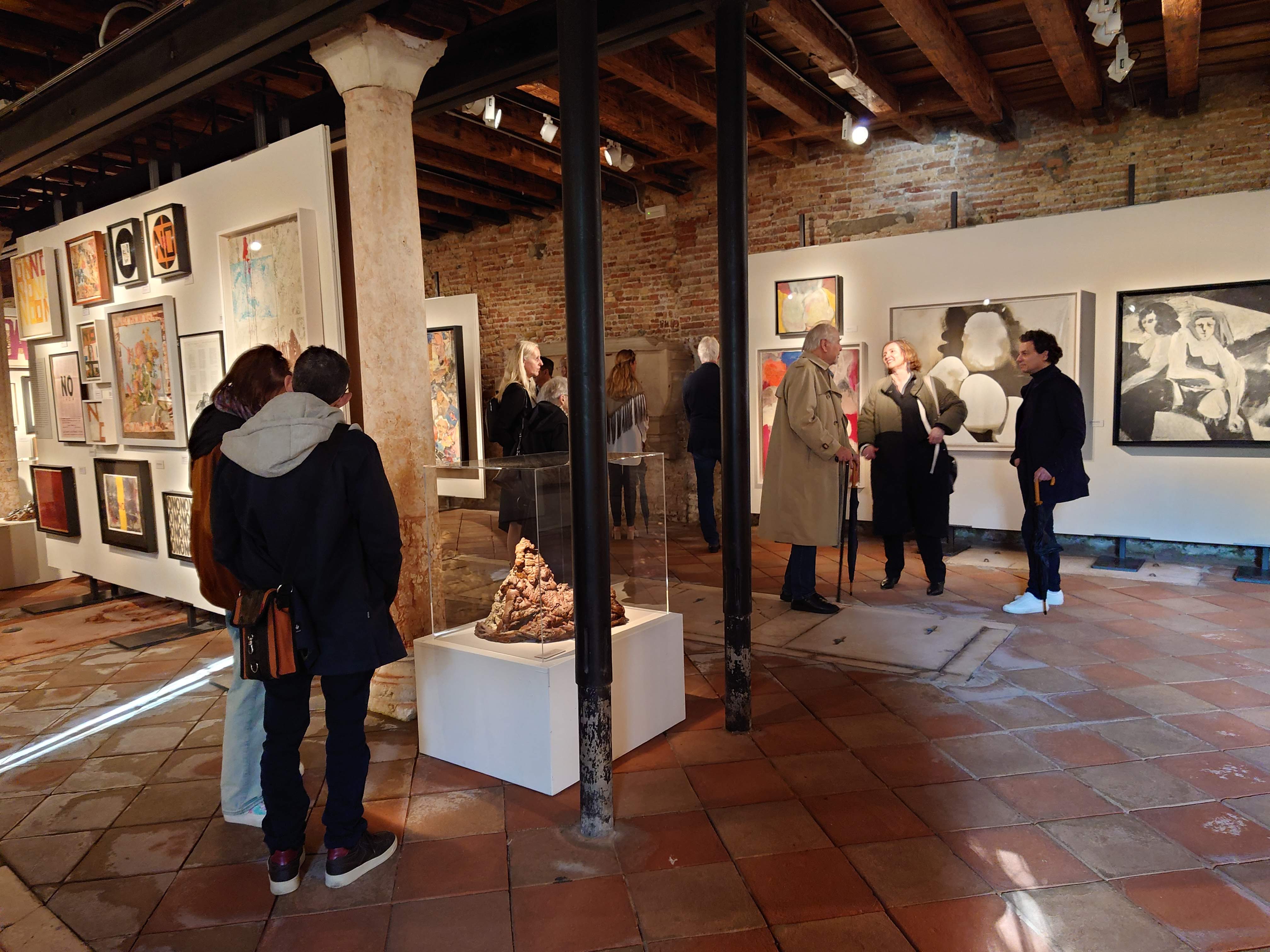
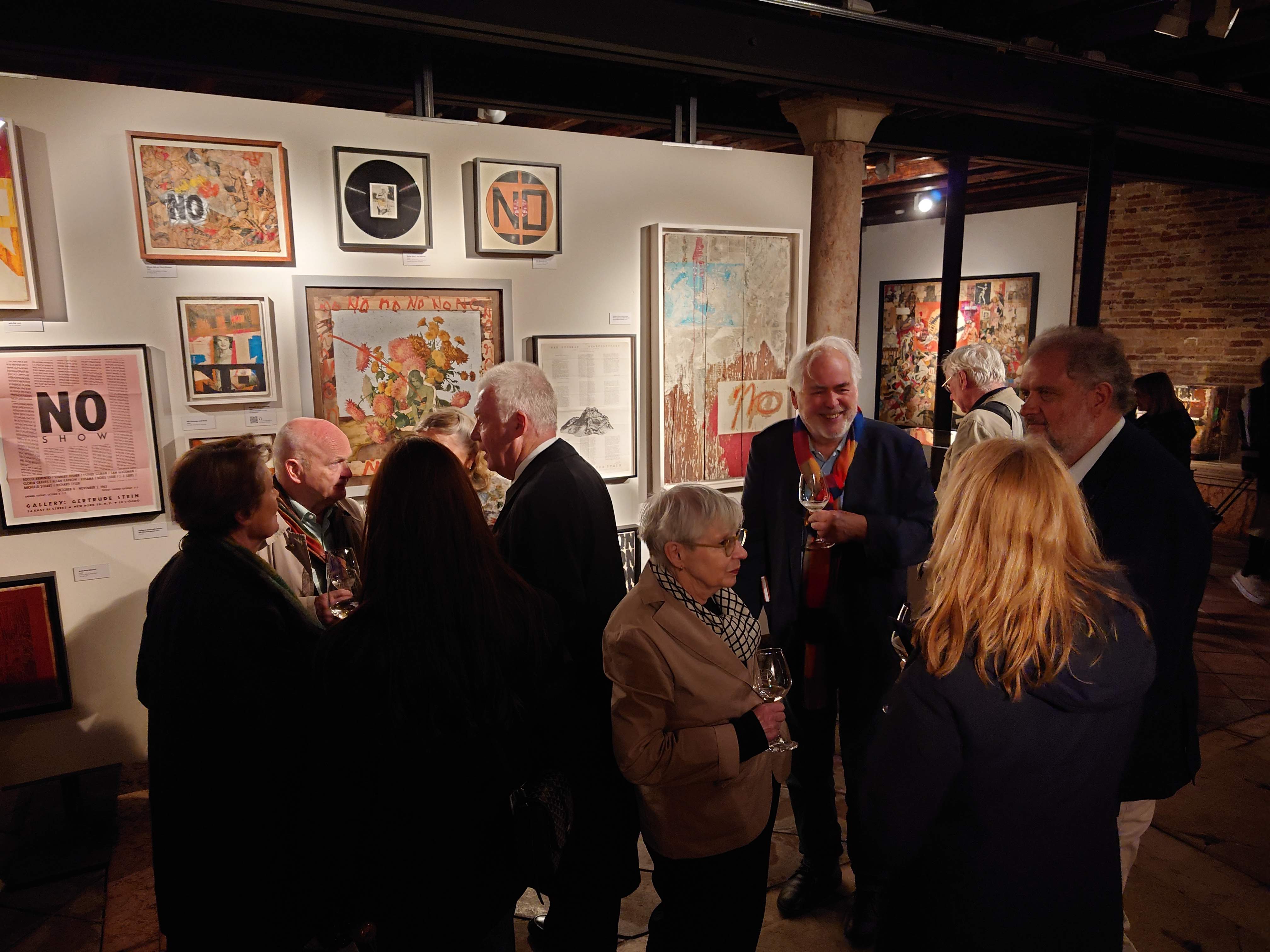










Material
Pressespiegel
Aktuelles
.jpg)
Wechselausstellung
:
Spuren in Stein – Jüdische Friedhöfe am Niederrhein
Ausstellung zum 100. Geburtstag des Fotografen Armin Alfermann
Das Museum Zentrum für verfolgte Künste zeigt vom 7. Mai bis 8. September 2024 die Fotoserie "Spuren in Stein" von Armin Alfermann über die jüdischen Friedhöfe am Niederrhein.


Führung
:
Öffentliche Sonntagsführung in der Dauerausstellung
Eine Entdeckungsreise durch unsere Sammlung
Im Zentrum für verfolgte Künste können Sie Künstler:innen entdecken, die über die letzten Jahrzehnte in Vergessenheit geraten sind.

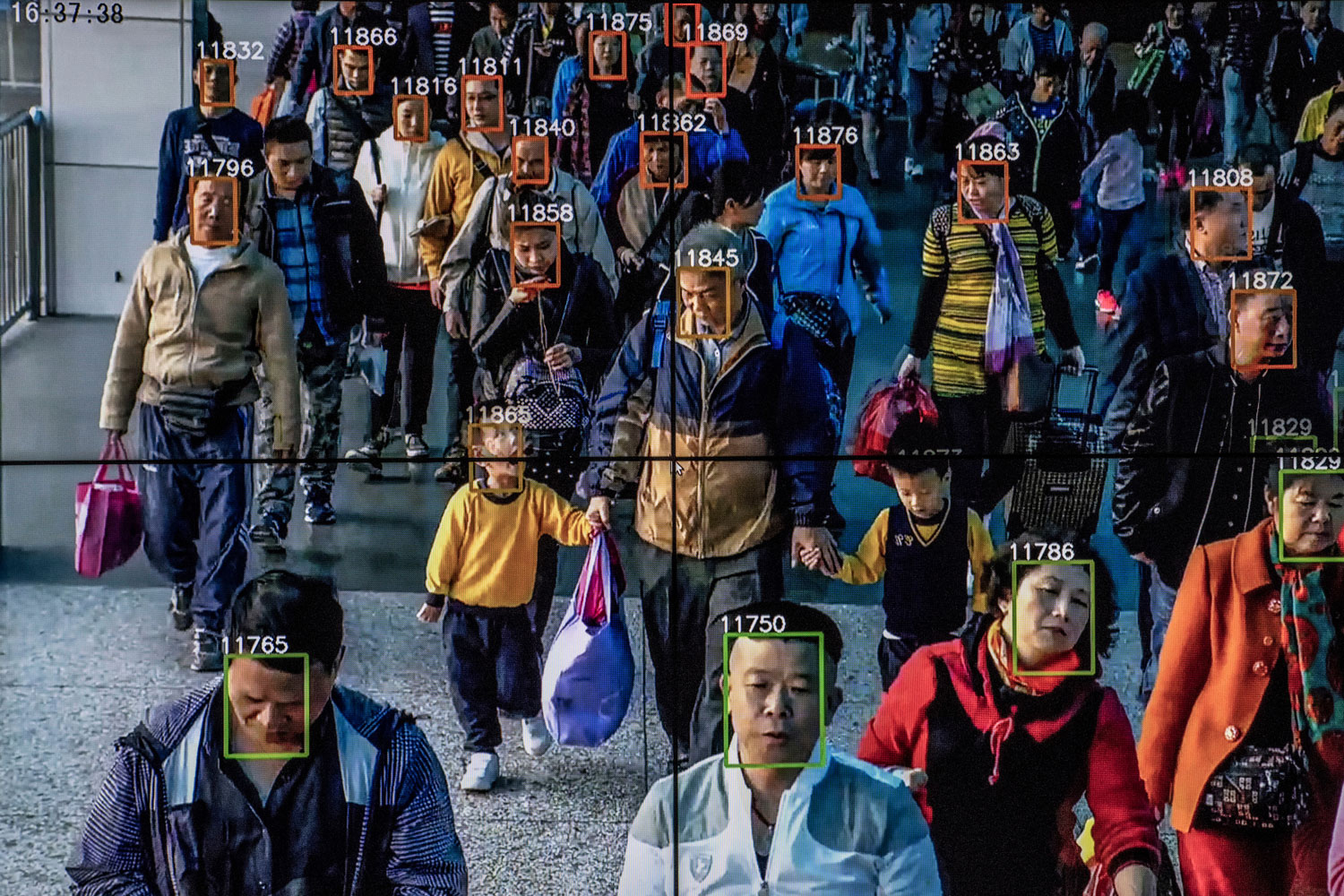
Vernissage
:
Eröffnung der Ausstellung „Keine Freiheit ohne Pressefreiheit
30 Jahre Reporter ohne Grenzen
Das Zentrum für verfolgte Künste und Reporter ohne Grenzen eröffnen am 4. Mai 2024 die Ausstellung „Keine Freiheit ohne Pressefreiheit“








